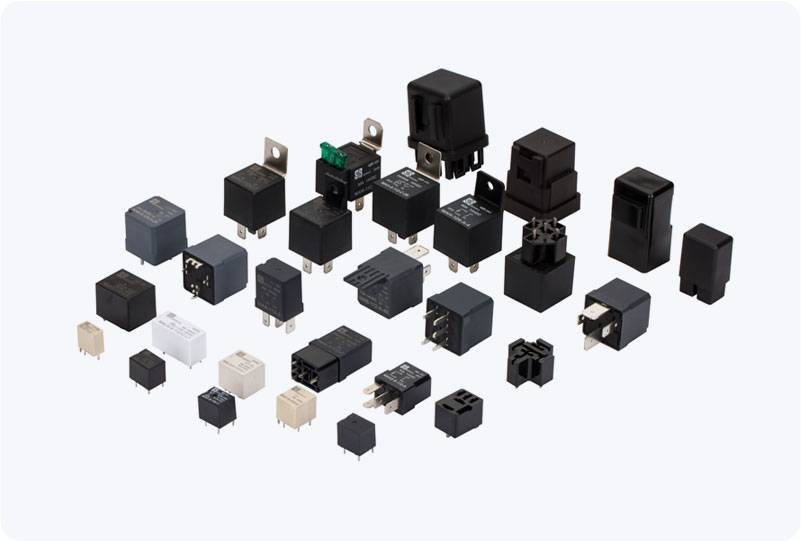The Optocoupler Protected Relay Module is an essential component used in many electronic and electrical systems to achieve electrical isolation between a control circuit and a load circuit. This module serves as a bridge between low-voltage circuits (such as microcontrollers or logic circuits) and high-voltage circuits (such as motors, lights, or industrial machines), offering crucial protection and control in various applications.

What is an Optocoupler Protected Relay Module? At its core, the Optocoupler Protected Relay Module integrates two significant components: an optocoupler and a relay. The optocoupler, also known as an optoisolator, is an electronic device that uses light to transfer electrical signals between two isolated circuits, ensuring no direct electrical connection. This prevents voltage spikes, electrical surges, and other harmful phenomena from reaching sensitive components in the control circuit. The relay, on the other hand, is an electromechanical switch that allows the control circuit to turn on or off a high-power load circuit. When the control circuit sends a signal to the relay, the relay closes or opens its switch, enabling the high-power circuit to function as needed.